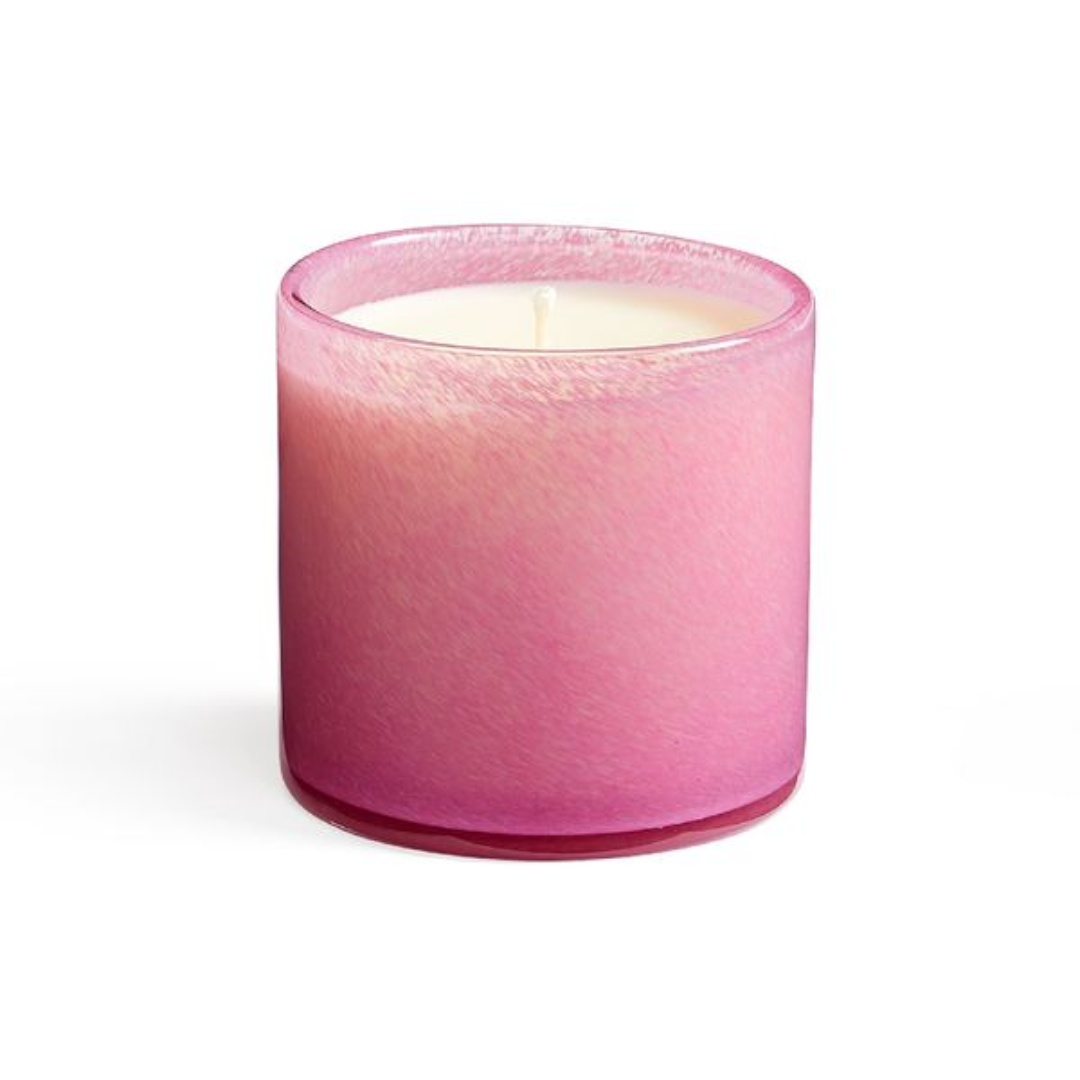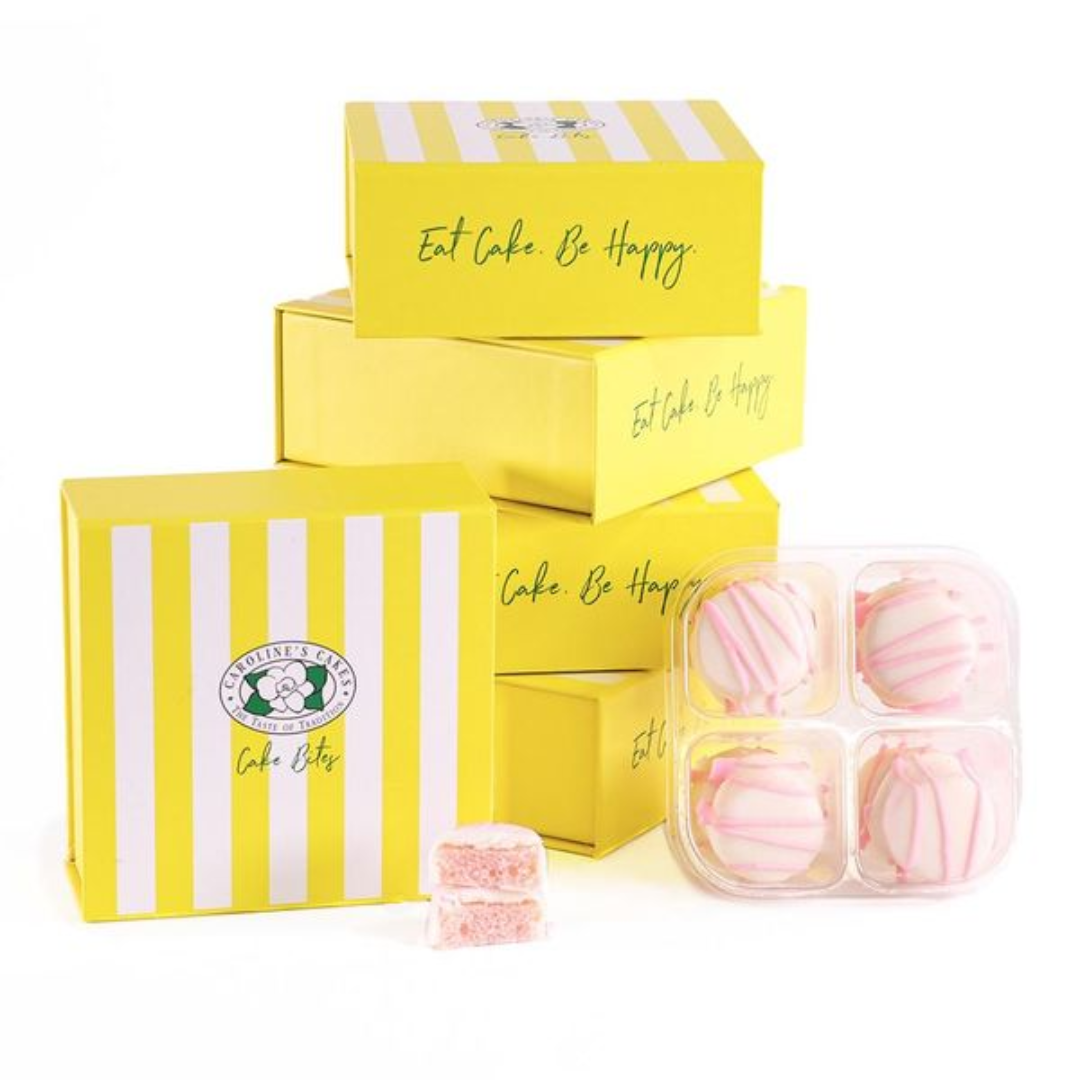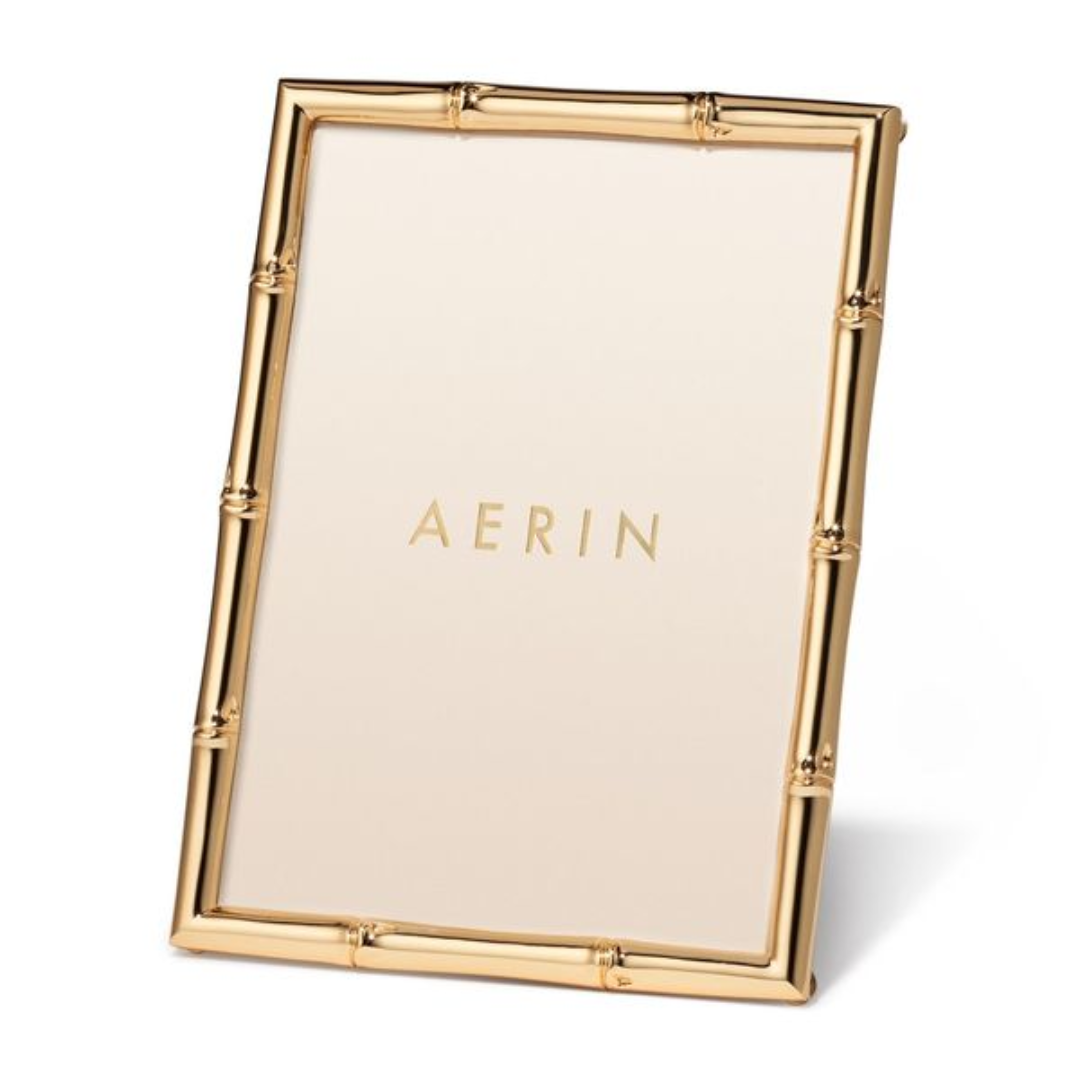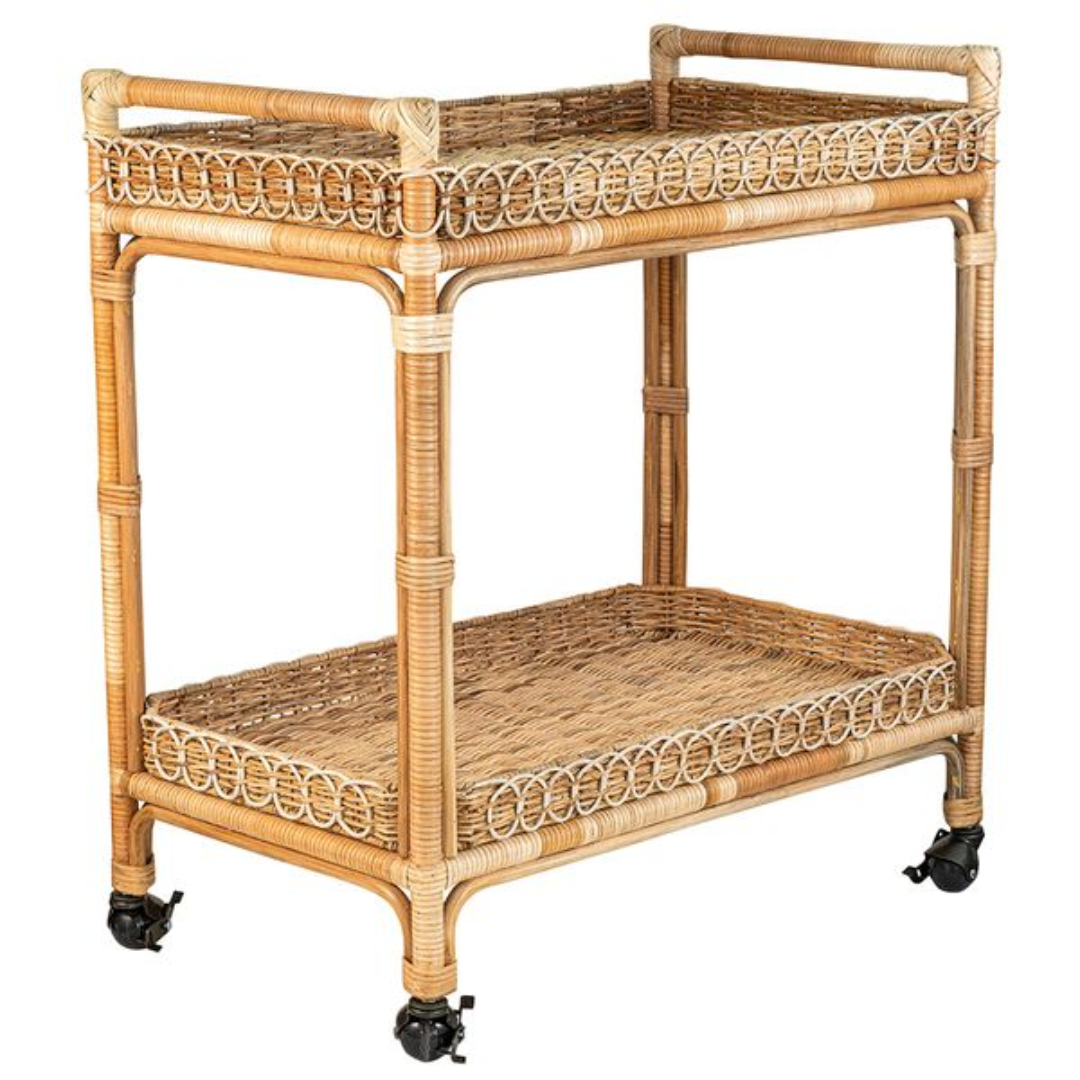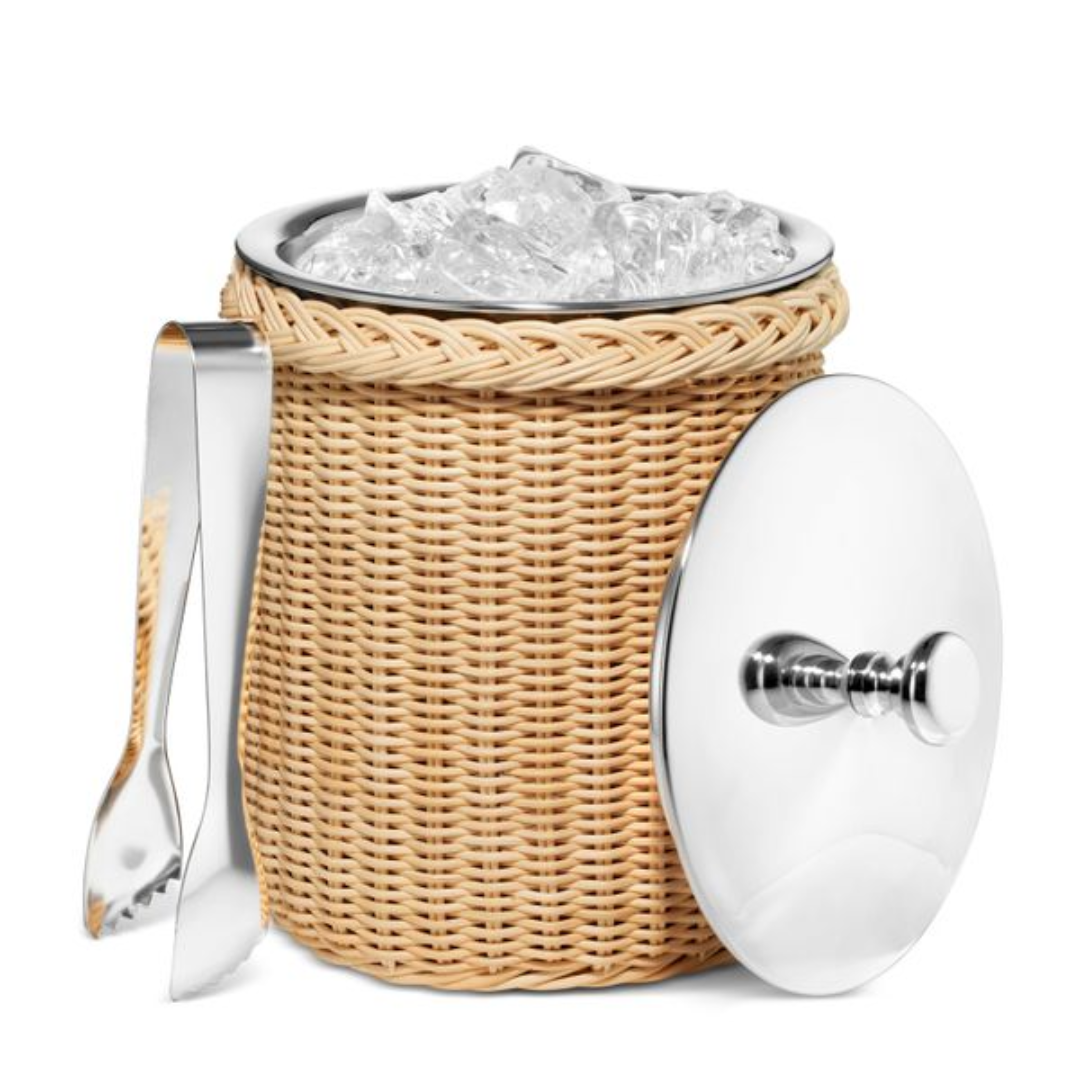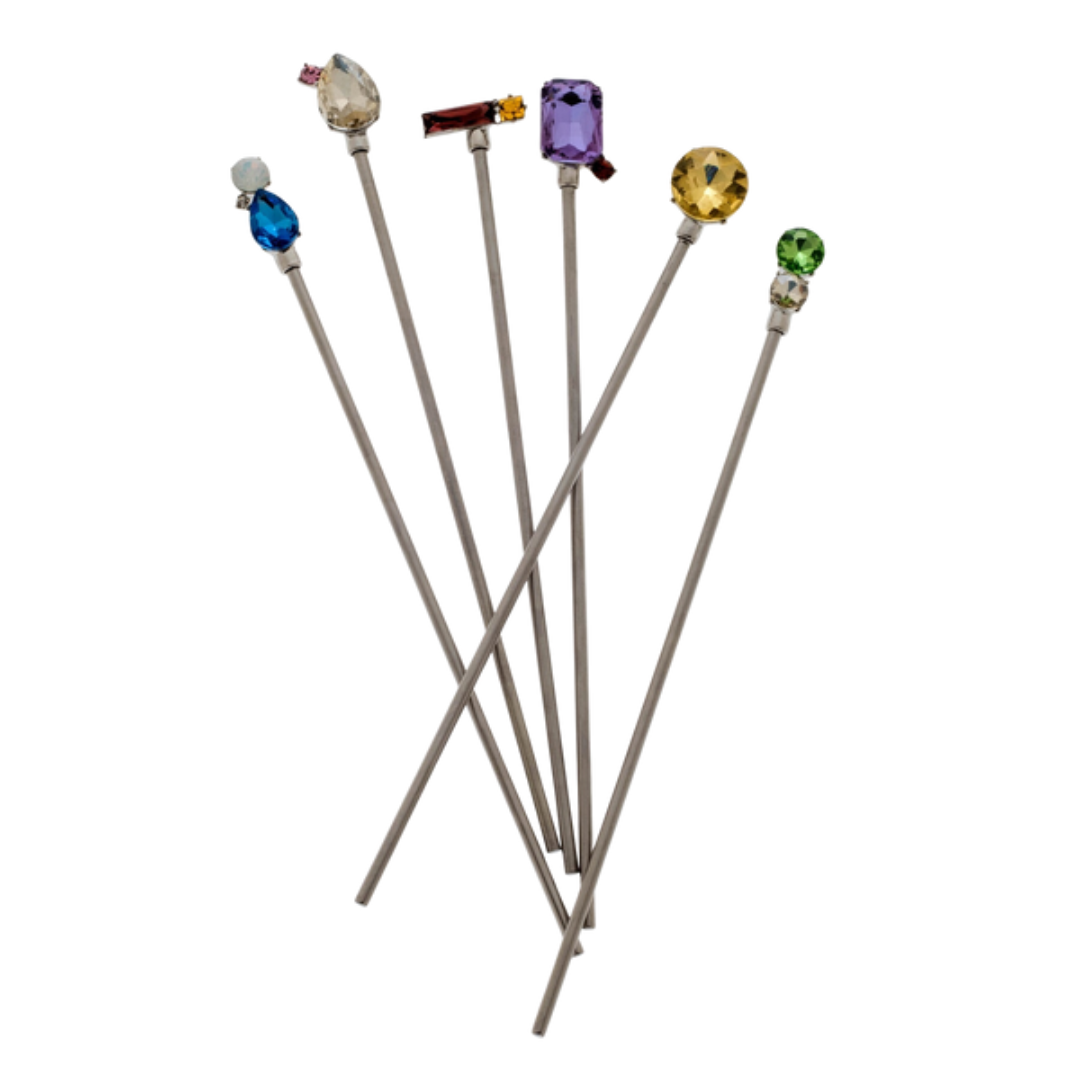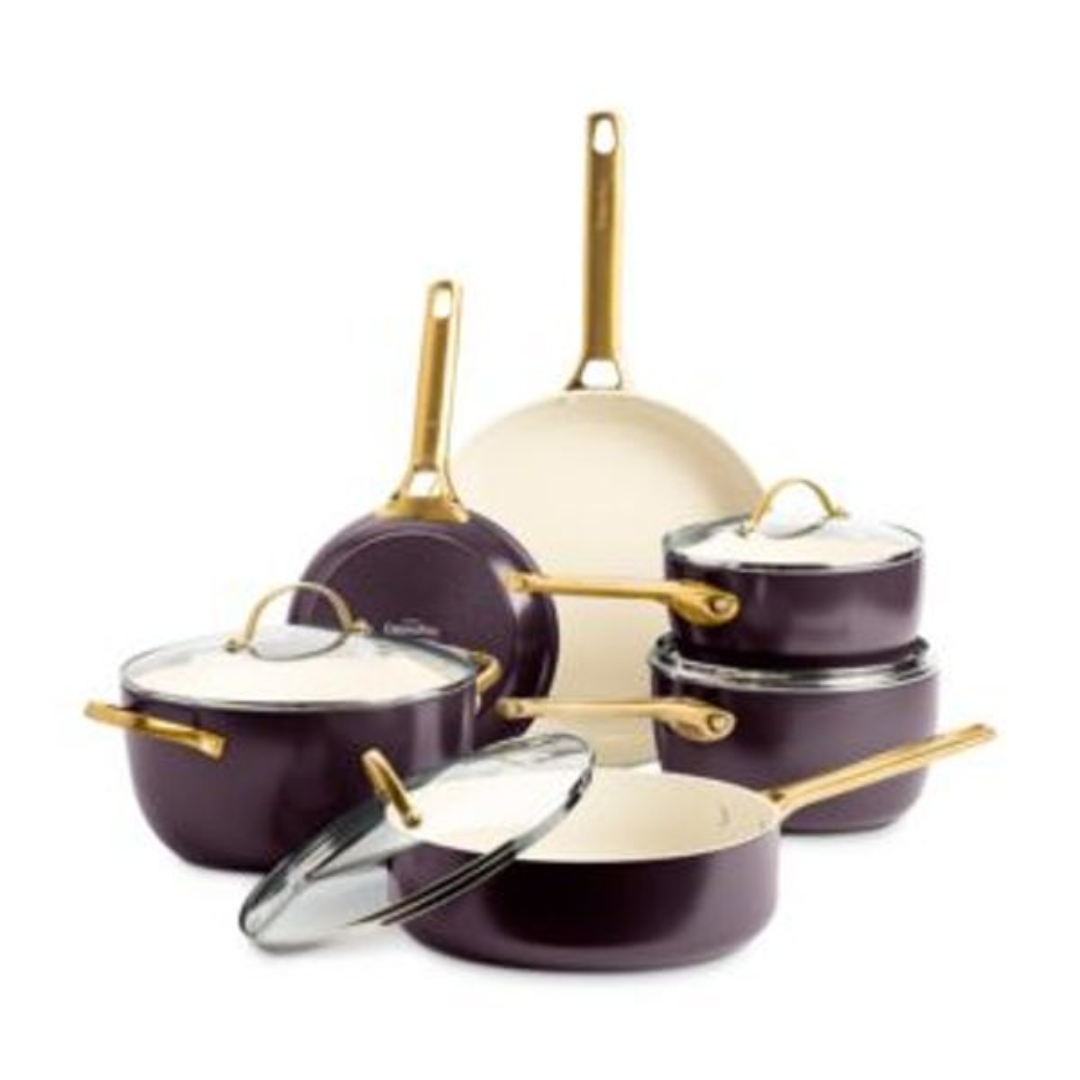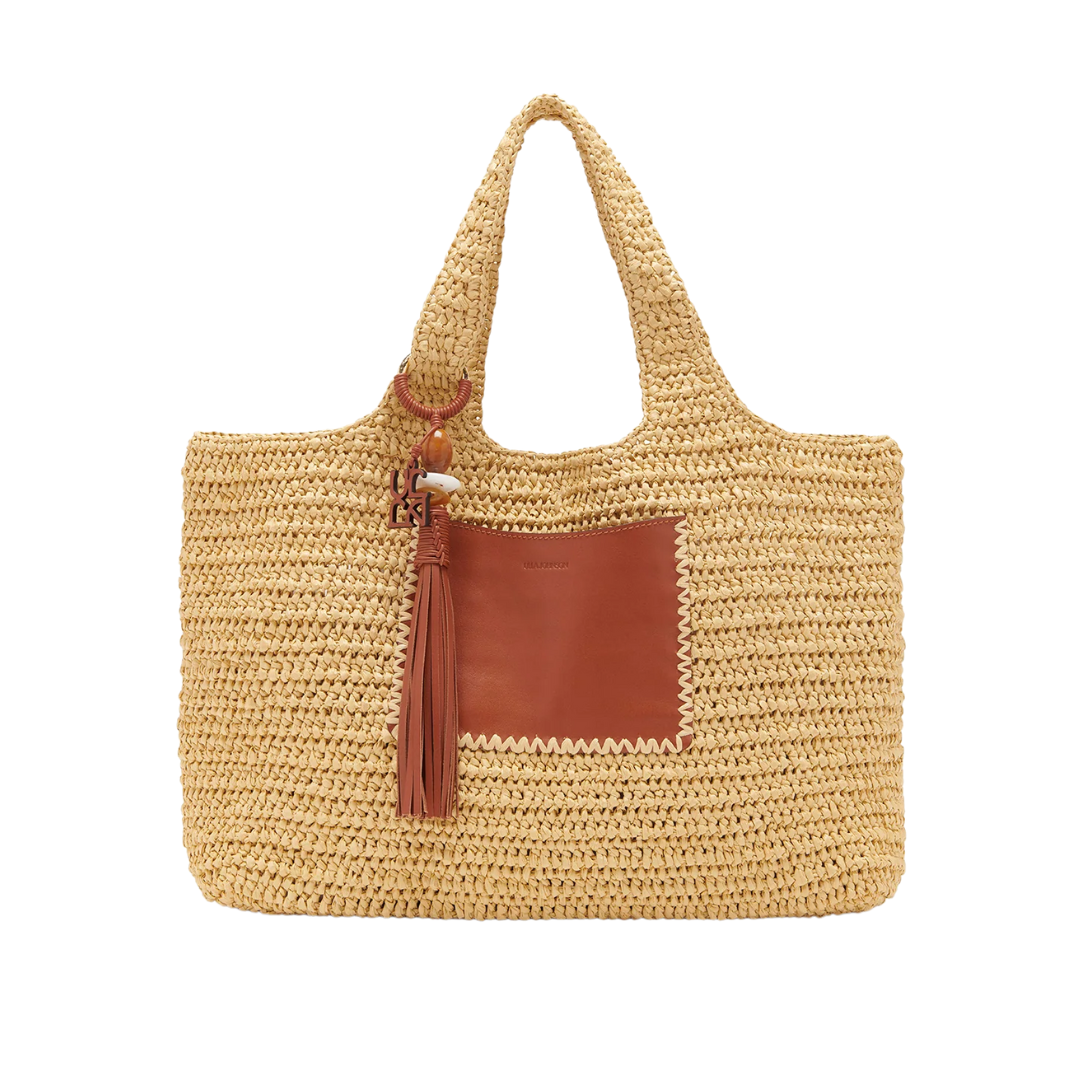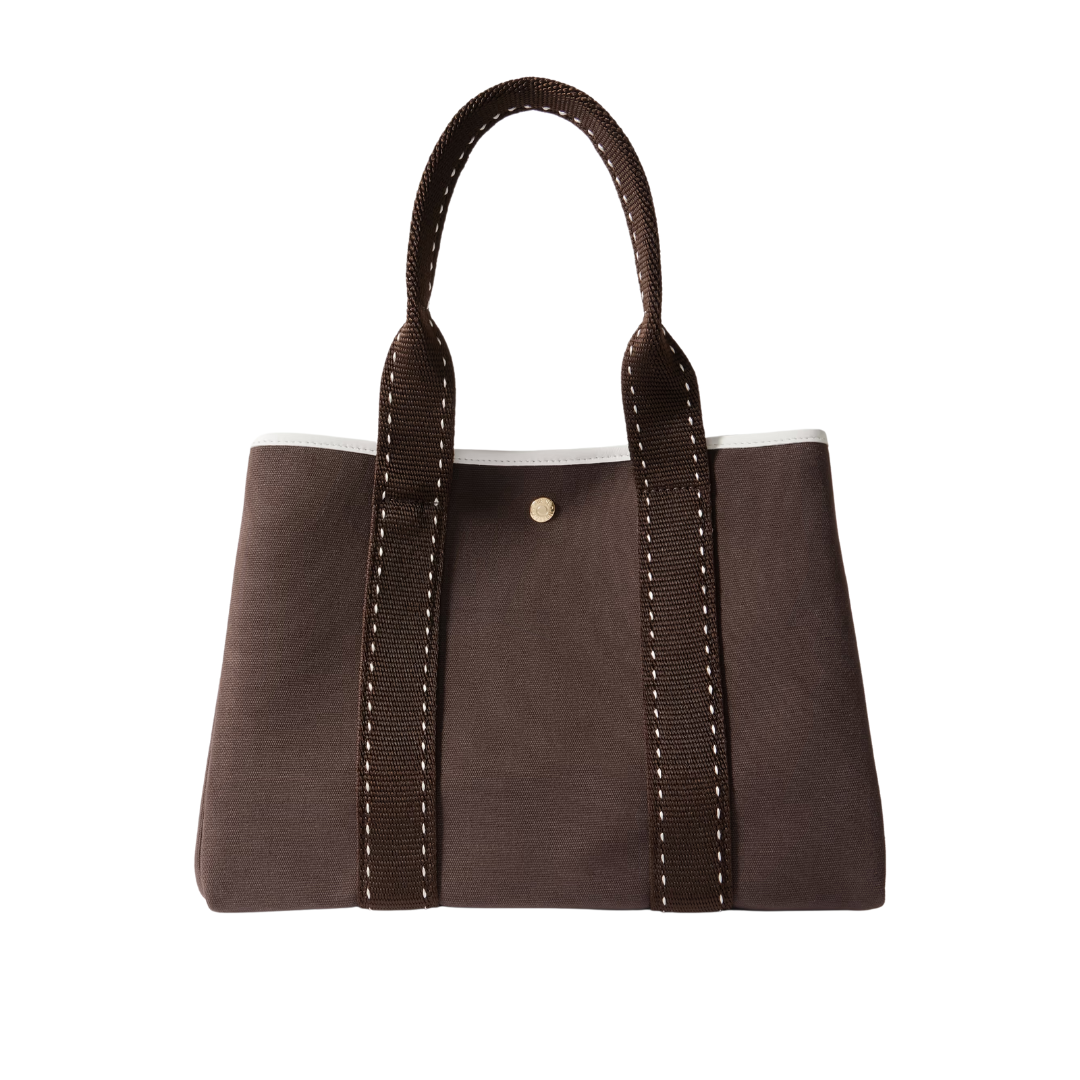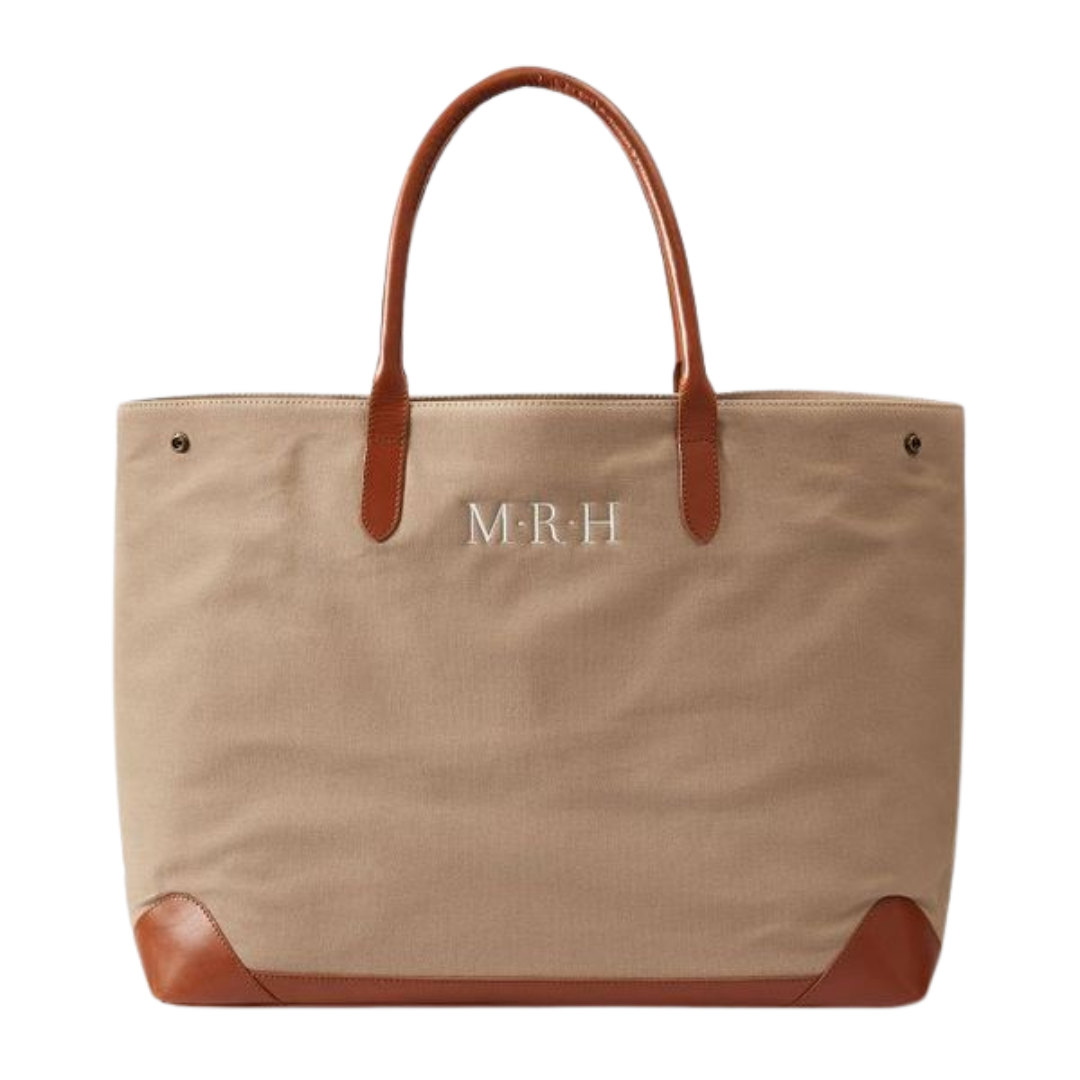Alone With Picasso
ALONE WITH PICASSO
by Adam Jacot de Boinod
The French Riviera, or if you prefer, the Côte d'Azur, is where so many of the greatest modern artists came for their senior days and plied their trade and nowhere (not even in Italy) are there as many collections, museums, houses or studios entirely devoted to individual artists.
There are also many advantages to visiting off-season. There’s none of that deadlocked traffic notorious in August and the service in restaurants and shops is able to be far more attentive. There are no queues and tourists are a rarity. Often I was the only tourist giving me the chance to get fully immersed in the French vernacular especially as the locals were free from the constraints of the tourist trade.
Down for lunch I drove to La Colle sur Loup and Alain Llorca’s eponymous restaurant ( www.alainllorca.com ). “Savour the tranquillity and enjoy the passing of time” he said as I sat on his panoramic terrace looking down on the vineyards below.
Up I went to the old town of Mougins. It’s a classic pretty hilltop town with its small spiral of narrow passageways: the perfect traffic-free path for the local shepherd to follow his gaggle of six geese nonchalantly down the street with his staff. I ate at L’Amandier ( www.amandier.fr ), a wonderfully authentic restaurant where I felt the locals were able to come out and indulge in their off-season.
I stayed just outside Mougins at the Le Manoir de l’Etang ( www.manoir-de-letang.com ). I met Camilla the Swedish owner who somewhat modestly claimed that the interior lacked ultimate luxury given that there are stairs rather than lifts. Her passionate enterprise began in 2004. Small ethnic sculptures are amongst many of the artefacts sourced locally, though the iron furniture and rugs are Moroccan and her mother made all the cushions. Le Manoir attracts a versatile clientele and it’s perfect for as many as all four generations.
I ate just at the nearby Les Rosées ( www.lesrosees.com ). It only has five tables and so felt perfect in the off-season. Picasso discovered Mougins in 1936 but it was in his last twelve years, ending in 1973, that he lived close to a chapel and amongst birdsong at le Mas Notre-Dame de Vie. Camilla suggested I visit the Friday market at nearby Valbonne. What a beautiful town with classic yellow buildings with celadon-coloured shutters. What we in British cities could learn from its sandy out-of-town car park without toll or bays, relying instead on common sense.
Down to the sea in light traffic and in sight of the Riviera’s stunning teal-coloured water at Antibes. I ate at La Closerie ( www.patisserie-cottard-antibes.fr ), It’s popular with locals which gives it, for me, an automatic seal of approval. I walked to the Picasso Museum I looked out of the building and saw in an instant the inspiration behind his seagulls and sailing boats, his palm trees and shapely gourds. It’s where he was granted a temporary ‘artist in residence’ after the war and it offers an eclectic range that is an inspiration for his wider collection of ceramics, drawings, sculptures and oil paintings. And right next door I ate at Le Figuier de Saint-Esprit ( www.restaurant-figuier-saint-esprit.com ), the family-run gourmet restaurant where I watched the food being prepared and cooked on a live-streamed television and the service was a performance as waiters appeared in pairs to serve simultaneously.
In 1948 Picasso came to live back inland in Vallauris and it was where he was to stay until 1955. During his time in the town, he created many sculptures and paintings including War and Peace, one of the major artworks of the period and he also developed a fascination for the techniques of ceramics that I had seen in earnest at Antibes.
Off along the A8 I went, the fast and efficient motorway that comes with a péage (motorway toll) and a real alternative to the slow, wiggly but charming bye-roads. Through the tunnels to Monaco and on to stay at the Hotel Hermitage. This two-parted hotel is bang in the middle between the casino and marina and has a circular dome built by Gustave Eiffel, famous for Paris’s Tower, and while the iron grilles are familiar the feminine, floral, romantic stained glass is an exciting departure. My room was decorated with monochrome printed landscape wallpaper and the lavish lavender colour scheme blended well with the grey and white marble bathroom. My ‘seaview balcony’ was even better than it sounded as it overlooked the busiest of jigsaw-box views: namely the marina, along with the castle and the old parts of the town. The laps of the Sunday morning marathon runners seemed to overlap with the Grand Prix course. The winter sun came round in time for a balcony breakfast outdoors. Not bad for mid December!
This red and white flagged principality has Monte Carlo as its claim to fame, a veritable temple to capitalism with her casinos and sports cars, top branded-shops and massive yachts all very much on show. It’s extraordinary how every inch is utilised often many floors up as the high-rise buildings are squeezed between the mountains above and the Mediterranean below. How the other half live! Or at least lived as the real interest is in the casino and marina and the historic grandeur of yesteryear and the Grace Kelly era. The harbour really is a billionaire’s water playground though the fish market on its jetty has an excellent sea pool area, one of the rare expanses available to all.
Monaco is unusual because the native Monegasques people are actually in the minority making up less than a fifth of the population. I was there to see a performance of Momix at the Grimaldi Forum. They are a 35 year-old American company consisting of nine contemporary dancers, under the direction of Moses Pendleton. It’s a real spectacle: magical and impressive, sensual, quirky and humorous as they make inventive use of different objects with which they grapple with brilliant virtuosity.
One day perhaps the glory days may come back to the Riviera, this time in style and comfort and off-season.
Adam Jacot de Boinod worked on the first series of the BBC panel game QI for Stephen Fry. He is a British author having written three books about unusual words with Penguin Press.
